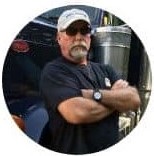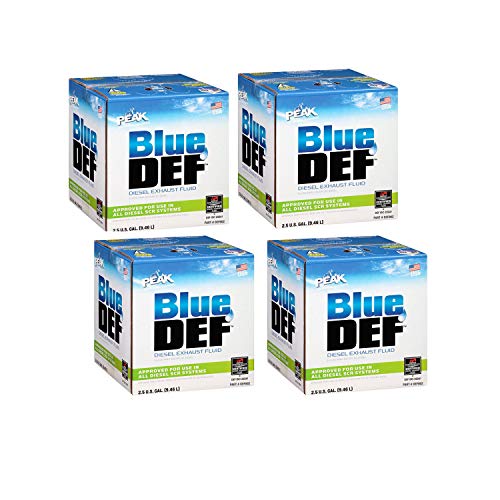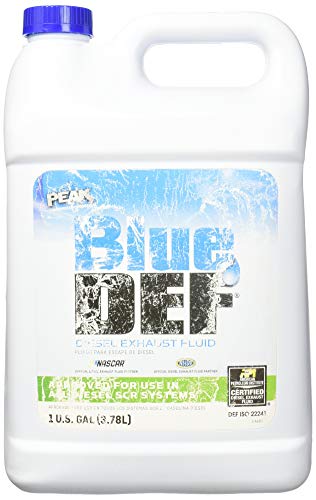
Table of Contents
Short Answer:
Chevy started using DEF in 2010 in response to EPA 2010 regulations. DEF usage in Chevrolet vehicles is very important for the SCR (selective catalytic reduction) process to work. SRC is the process used by Chevrolet and other manufacturers to reduce emissions.
Lets explain in more detail:
What Year Did Chevy Start Using DEF?
Chevrolet began using DEF in response to the new 2010 guidelines by the EPA. DEF usage in Chevrolet vehicles is necessary for the SCR (selective catalytic reduction) process which is the main strategy used by Chevy and other manufacturers to reduce emissions from their vehicles.
One thing that is important to note about DEF is that it is necessary to replenish the DEF on a regular basis.
This may be inconvenient, but it is necessary to ensure the emissions control process works properly.
DEF stands for Diesel Exhaust Fluid and it is a non-hazardous solution that is sprayed into the exhaust of diesel vehicles.
The purpose of DEF is to neutralize dangerous emissions and reduce them to nitrogen and water. This transition will render the emissions harmless.

What Year Did Chevy Start Using DEF
This process was designed to help eliminate harmful emissions into our environment and increase the health of our air.
So this article is about answering the question what year did Chevy start using DEF and why they chose to do so.
Why Did Chevy Change To Def? –> 2010 EPA Regulations
In 2010, new emissions regulations took effect that was put in place by the Environmental Protection Agency.
These regulations cracked down on diesel emission standards and reduced discharges of particulate matter and nitrogen oxide in an attempt to eliminate them from diesel engines.
Specifically, the regulations state that nitrogen oxide emissions cannot exceed 0.2 grams per brake horsepower-hour and 0.01 grams per brake horsepower hour for particulates like soot and ash.
The reason that diesel engines emit particulate matter is that incomplete combustions of fuel in diesel engines create that matter.
The nitrogen oxide is created whenever fuel is burned at a very high temperature.

What Year Did Chevy Start Using DEF
To meet these new regulations, engine manufacturers are trying a number of different strategies.
Engine modifications are being designed to create clean combustion and add EGA devices.
EGAs remove the pollutants following the exit from the engine’s combustion chamber. To meet the specifications of the new regulations, people have switched to ULSD instead of regular diesel fuel.
ULSD stands for ultra-low sulfur diesel and burns cleaner and produces less particulate in all types of engines.
This includes old engines as well as newer ones. Compared to regular diesel fuel, ULSD emits only 15 parts per million of sulfur, which is 97% lower.
Diesel Exhaust Fluid (DEF) Explanation
As you can probably deduce, DEF is one of the strategies that automakers came up with to help meet the 2010 emission regulations.
Today, many trucks require DEF. DEF is a solution that is 32.5% urea and 67.5% deionized water. Chevy DEF Diesel Exhaust Fluid
DEF is used in the process of selective catalytic reduction with the ultimate goal being to lower the emissions of nitrogen oxide by diesel engines.
This is accomplished by injecting the DEF into the exhaust stream to neutralize particulate and nitrogen oxide. DEF is non-toxic, and helps to clean omissions.
Best DEFs On Amazon
- One gallon of is used approximately every 300 miles
- A truck with a 20 gallon DEF tank can go up to 6000 miles between fill-ups
- When used in an SCR system will reduce the levels of NOx emissions of those engines
- ENGINEERED: For use in Selective Catalytic Reduction (SCR) systems on diesel engines
- EFFICIENCY: BlueDEF diesel exhaust fluid is key to helping improve fuel economy by up to five percent
- PROTECTION: Diesel exhaust fluid is non-toxic and safe to handle
- QUALITY: Stable, colorless and odorless, and also meets ISO Standards 22241 for purity and composition
- EFFORTLESS: Easily Inject the fluid into your exhaust stream with a specialized dosing module
Summary
DEF is a fluid that is injected into the exhaust stream of diesel engines in order to reduce the emits created by the combustion of the engine.
Diesel exhaust fluid is used as part of the process of selective catalytic reduction, which is a process put in place by Chevrolet and other vehicle manufacturers to meet the 2010 emissions regulation guidelines.
 by
by 
